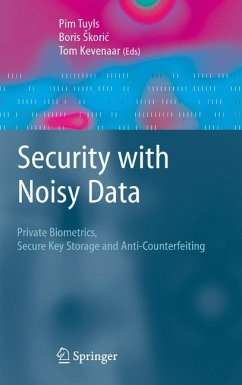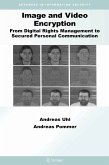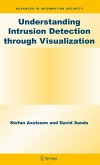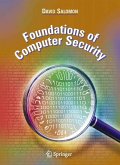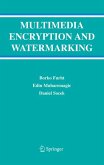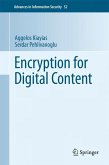Security with Noisy Data thoroughly covers the theory of authentication based on noisy data and shows it in practice as a key tool for preventing counterfeiting. Part I discusses security primitives that allow noisy inputs, and Part II focuses on the practical applications of the methods discussed in the first part.
Key features:
. Contains algorithms to derive secure keys from noisy data, in particular from physical unclonable functions and biometrics - as well as the theory proving that those algorithms are secure
. Offers practical implementations of algorithms, including techniques that give insight into system security
. Includes an overview and detailed description of new applications made possible by using these new algorithms
. Discusses recent theoretical as well as application-oriented developments in the field, combining noisy data with cryptography
. Describes the foundations of the subject in a clear, accessible and reader-friendly style
. Presents the principles of key establishment and multiparty computation over noisy channels
. Provides a detailed overview of the building blocks of cryptography for noisy data and explains how these techniques can be applied, (for example as anti-counterfeiting and key storage)
. Introduces privacy protected biometric systems, analyzes the theoretical and practical properties of PUFs and discusses PUF basedsystems
. Addresses biometrics and physical unclonable functions extensively
This comprehensive introduction offers an excellent foundation to graduate students and researchers entering the field, and will also benefit professionals needing to expand their knowledge. Readers will gain a well-rounded and broad understanding of the topic through the insight it provides into both theory and practice.
Pim Tuyls is a Principal Scientist at Philips Research and a Visiting Professor at the COSIC Department of the Katholieke Universiteit of Leuven, Dr Boris Skoric and Dr Tom Kevenaar are research scientists at Philips Research Laboratories, Eindhoven.
Dieser Download kann aus rechtlichen Gründen nur mit Rechnungsadresse in A, B, BG, CY, CZ, D, DK, EW, E, FIN, F, GR, HR, H, IRL, I, LT, L, LR, M, NL, PL, P, R, S, SLO, SK ausgeliefert werden.
Hinweis: Dieser Artikel kann nur an eine deutsche Lieferadresse ausgeliefert werden.
Charles K. Davis, ACM Computing Reviews, February 2009)

